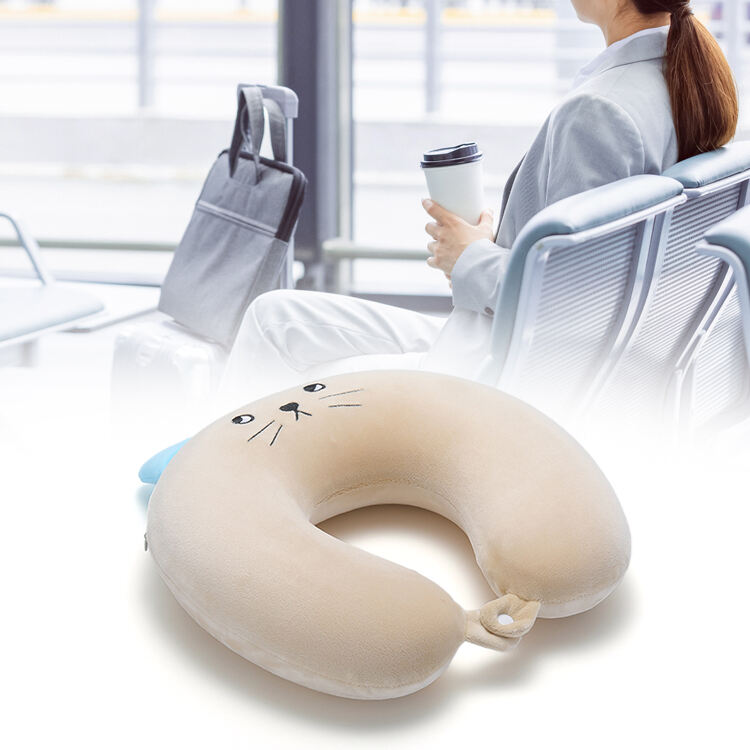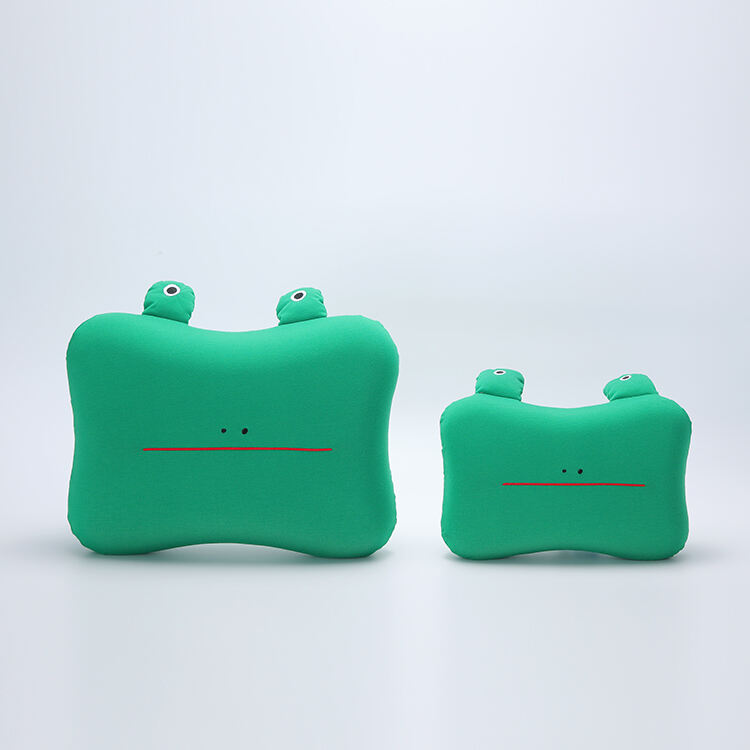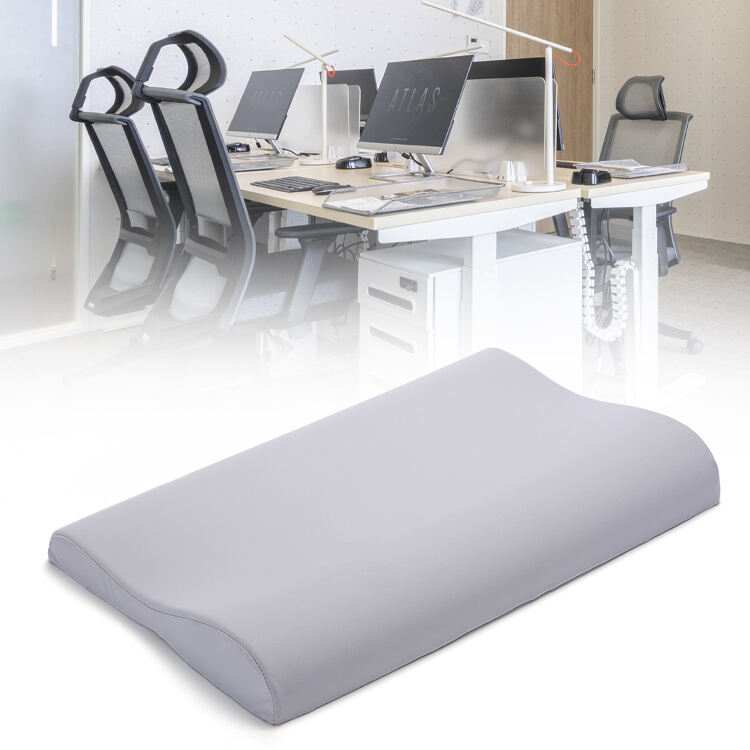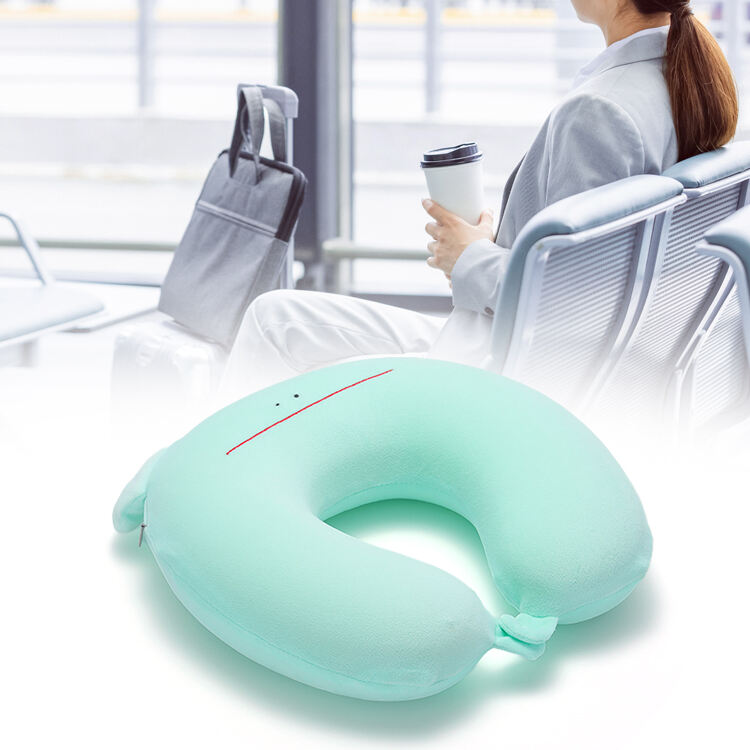Why Precision Heating Matters in Foam Manufacturing
The high-temperature molding process uses precisely controlled heat profiles between 300-400°F to transform raw foam compounds into their final viscoelastic form. This thermal regulation enables complete chemical activation of temperature-sensitive polymers, creating the open-cell matrix responsible for memory foam's signature contouring. Unlike traditional methods, this technique prevents incomplete curing that leads to premature hardening in standard pillows.
Three Pillar Benefits for Sleep Surfaces
1. Adaptive Support Architecture: The controlled expansion during molding creates graduated density zones that respond differently to body heat, providing targeted cervical support without pressure points.
2. Enhanced Breathability: Precision-heated molds produce interconnected air channels that increase airflow by 62% compared to cold-pressed alternatives, according to sleep lab tests.
3. Durability Optimization: Full polymer cross-linking during thermal processing resists indentation collapse, maintaining original loft for 3-5 years longer than conventionally made foams.
Critical Selection Factors for Informed Buyers
When evaluating high-temperature molded pillows, prioritize products featuring:
• Phase-change cooling layers that absorb excess body heat
• CertiPUR-US verified foam compositions
• Ergonomic shoulder relief contours
• Washable antimicrobial covers with moisture-wicking properties
Recent industry surveys show 78% of buyers consider thermal regulation capabilities the deciding factor in pillow purchases.
Preserving Your Investment
Rotate your pillow 180° weekly to equalize compression patterns. Use a protective cover washed fortnightly in hot water (130°F+) to eliminate dust mites. Avoid direct sunlight exposure beyond 2 hours which can degrade temperature-sensitive polymers. For stubborn odors, sprinkle baking soda and vacuum thoroughly instead of liquid cleaning.
Future Innovations in Sleep Technology
Emerging smart molding techniques now integrate real-time pressure mapping during production, creating zonal support patterns that adapt to individual sleep positions. Laboratory prototypes demonstrate 40% improved spinal alignment through AI-optimized foam structures, signaling the next evolution in therapeutic sleep surfaces.









